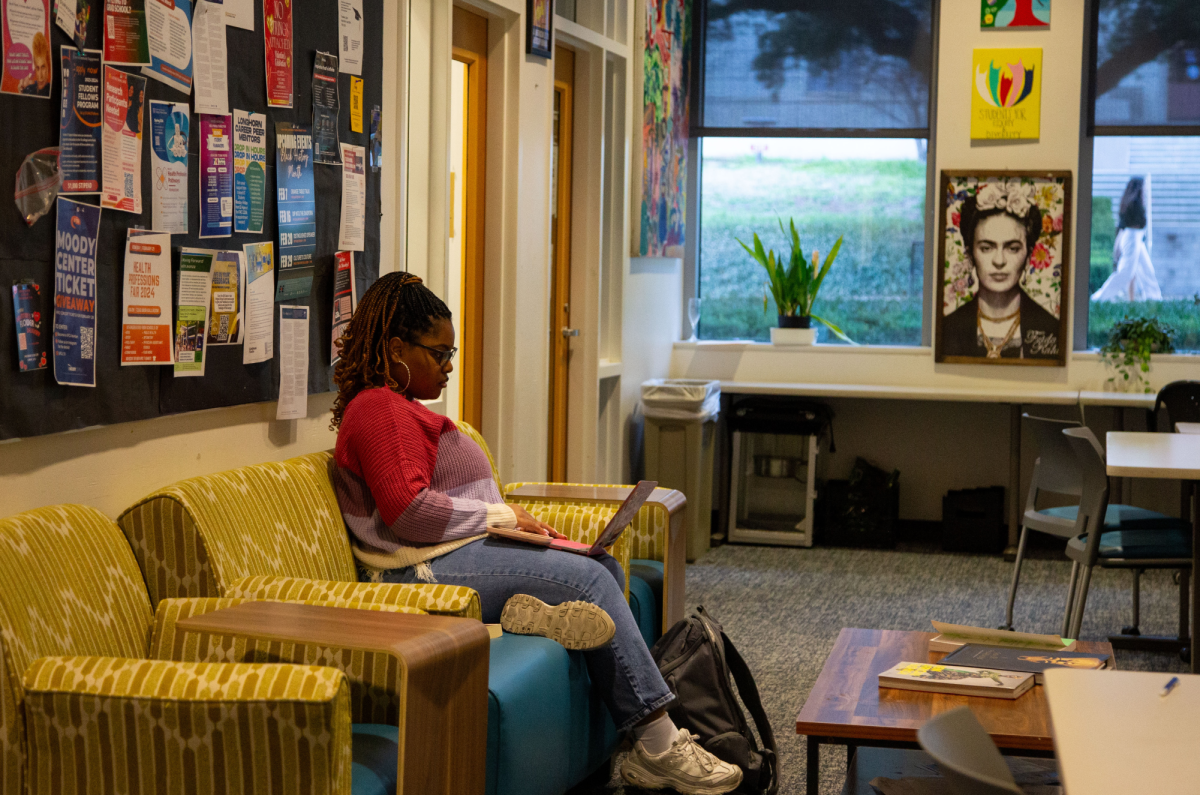This year’s Roundup hit many milestones for the Interfraternity Council as they transitioned the event’s purpose to philanthropy and implemented Radio Frequency Identification wristbands as an additional safety measure.
In an effort to change the perception of IFC, the group donated a third of its proceeds to charity. Half of approximately $15,000 was donated to the Circle of Sisterhood, an organization that provides access to education for girls, and the other half was donated to the B+ (Be Positive) Foundation, which raises money to support children with cancer.
“(Roundup) used to have pretty negative history in terms of the (parade) floats and all that stuff,” said Peter Driscoll, finance senior and IFC president. “The direction we were trying to take it was to turn it into a philanthropy event. It’s not just a party, it’s not a recruitment event. It’s a Greek bonding event that also donates the money to charity.”
For the first time, IFC used RFID wristbands, which were in two different colors for drinking age verification and could be scanned to keep track of student attendance at the Roundup events. The wristband also contained emergency contact information, which helped security find one student with a cut artery outside a fraternity house after falling with a bottle of alcohol.
“(IFC) hired Event One security to be our liaison and go around West Campus,” Driscoll said. “They essentially saved someone’s life.”
The new wristband system helped fraternities in streamlining the waiting period for students to get into the parties. Instead of security having to ID each student, the RFID bands sped up the process since the wristbands already verify the students’ age. Driscoll said line times went from about 1 hour and 45 minutes to 15 minutes.
“Everything seemed more organized and all the more put together (because of the bands),” electrical engineering junior Cade Richardson said. “Bouncers and bartenders were communicating, and it seemed to have a big effect on the parties.”
However, not all students believed the new safety measures were completely effective. Urban studies sophomore Maya Williams-Britton said students found many ways to get around the 21-and-up bands and the emergency contact information probably did not significantly improve students’ safety.
“I think asking for an emergency contact was a good idea, but most people are underage and probably wouldn’t put a parent (on the band),” Williams-Britton said. “I’m not sure how effective it would be if it was actually needed.”




















